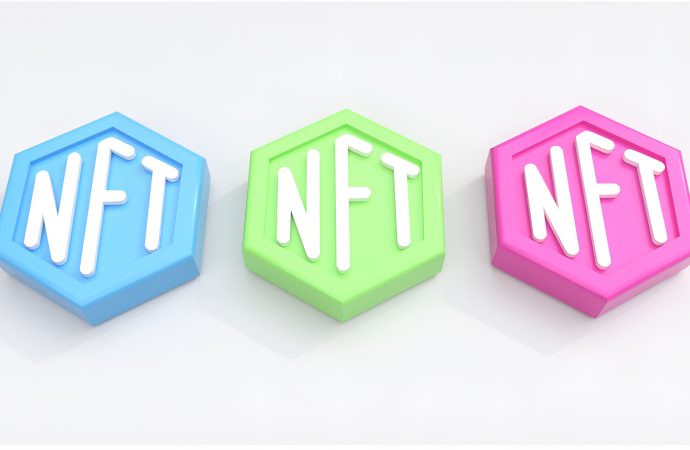n recent months, a new buzzword has been circulating in the art world: NFTs, or non-fungible tokens. NFTs are a form of cryptocurrency that are unique and non-interchangeable, meaning that each NFT represents a one-of-a-kind digital asset. And now, they’re changing the way we think about ownership, authenticity, and the value of art. NFTs have
n recent months, a new buzzword has been circulating in the art world: NFTs, or non-fungible tokens. NFTs are a form of cryptocurrency that are unique and non-interchangeable, meaning that each NFT represents a one-of-a-kind digital asset. And now, they’re changing the way we think about ownership, authenticity, and the value of art.
NFTs have already made waves in the music industry, where artists such as Grimes and Kings of Leon have sold NFTs as exclusive digital merchandise for their fans. But the art world is where NFTs have truly taken off. NFTs allow artists to sell their digital works as unique, one-of-a-kind assets, with the blockchain providing a permanent record of ownership and authenticity.
For artists, this means that they can monetize their digital creations in a way that was previously impossible. Digital art, which was often undervalued and overlooked in the traditional art world, can now be sold for thousands or even millions of dollars as NFTs. And because each NFT is unique, the artist retains control over the distribution and use of their work.
However, the rise of NFTs also raises important questions around the nature of art and its value. Critics argue that NFTs represent the commodification of creativity, reducing art to a simple financial transaction. Others worry that the hype around NFTs is unsustainable, and that the art market is in danger of becoming a bubble.
Despite these concerns, the use of NFTs in the art world is only growing. In March 2021, a digital artwork by the artist Beeple sold at Christie’s auction house for a staggering $69 million, making it the most expensive NFT ever sold. This has prompted many more artists to explore the potential of NFTs, and galleries and collectors are taking notice.
The rise of NFTs is a reflection of the changing nature of ownership and value in the digital age. While the implications of this trend are still being debated, it is clear that NFTs are reshaping the way we think about creativity and ownership in the art world.























Leave a Comment
Your email address will not be published. Required fields are marked with *